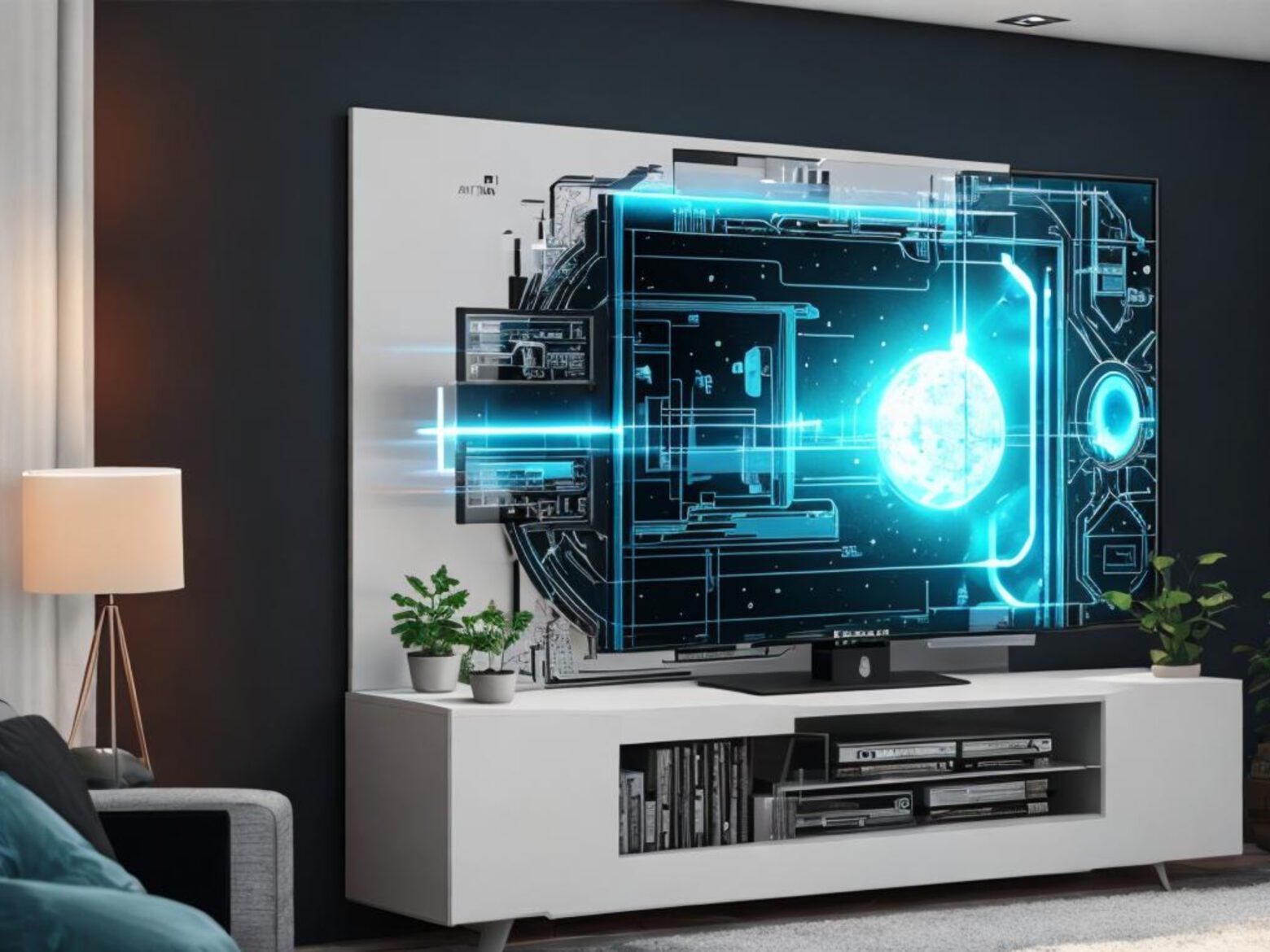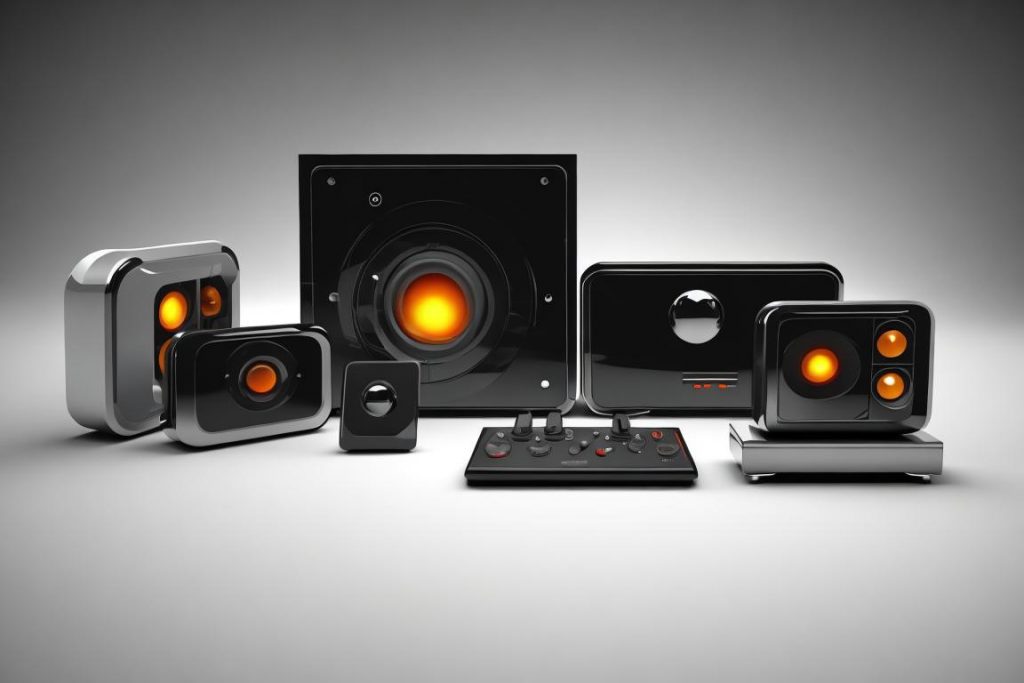
How to Design the Innovative TVs of Tomorrow to be more Inclusive and Accessible?
I remember the first TV I ever had — a bulky black-and-white box that felt like a marvel of technology at the time. Fast forward to today, and we’ve got sleek, smart screens that are practically windows into another world. It’s incredible to see how far we’ve come, but as we race ahead with new tech, I’ve noticed something important often gets left behind: inclusivity and accessibility. Reflecting on my experiences, I’ve come to realize that while we celebrate cutting-edge features and dazzling displays, we sometimes miss the mark when it comes to making these innovations accessible to everyone. Designing the TVs of tomorrow with inclusivity and accessibility at their core isn’t just a nice-to-have; it’s essential for truly serving all viewers.
Why Inclusive Design Matters
Inclusive design is all about creating products that anyone can use, regardless of their physical, sensory, or cognitive abilities. When it comes to TVs, this means ensuring that everyone can enjoy their favorite shows and movies without facing barriers. It’s not just about helping those with disabilities — it’s about making the overall experience better for everyone. By addressing diverse needs, we can build TVs that are intuitive, user-friendly, and enjoyable for all.
Key Features for Inclusive and Accessible TVs
1. Ergonomic and Intuitive Remote Controls
I’ve seen how frustrating it can be to wrestle with a cluttered remote control, especially for older adults or those with motor impairments. Here’s what I think could make a difference:
- Voice Activation: Imagine being able to change channels or adjust the volume just by speaking. It’s a game-changer for those who struggle with traditional remotes.
- Simplified Layout: Fewer, larger buttons that are clearly labeled can make navigating so much easier.
- Customizable Controls: Allowing users to personalize the remote’s functions can cater to their specific needs and preferences.

2. Customizable User Interfaces
We all have different viewing preferences, so why not make the TV interface work for us?
- Adjustable Font Sizes and Colors: This would let users modify text size and color contrast to suit their vision needs.
- Simplified Navigation: Menus should be easy to navigate with a logical flow that everyone can follow.
- User Profiles: Saving individual settings in profiles means each person gets a tailored experience every time they turn on the TV.
3. Advanced Voice and Gesture Controls
For those with physical limitations, voice and gesture controls can be incredibly liberating:
- Enhanced Voice Recognition: Developing technology that can understand various accents and speech patterns would make voice control more effective.
- Gesture Control: Motion sensors that allow users to control the TV with hand gestures could reduce the need for physical remotes.
4. Eye-Friendly Technologies
Prolonged TV watching can strain the eyes, especially for those with visual impairments:
- Blue Light Filters: Implementing these can help reduce eye strain and promote better sleep.
- Adaptive Brightness: Sensors that adjust the screen’s brightness based on ambient lighting can make viewing more comfortable.
5. Comprehensive Accessibility Options
Accessibility features should be a core part of the TV’s design:
- Closed Captioning: Providing captions in multiple languages and customizable formats is essential.
- Sign Language Overlays: Integrating sign language interpretation for live broadcasts can make content more accessible.
- Audio Descriptions: Offering descriptions of visual elements helps visually impaired users enjoy the content.
6. Seamless Integration with Assistive Devices
TVs should work seamlessly with assistive technologies:
- Hearing Aids: Compatibility with hearing aids ensures synchronized and clear audio.
- Screen Readers: Integration with screen readers can make the TV interface easier to navigate for visually impaired users.
7. Family-Friendly Viewing Features
Making TV time enjoyable for families is also important:
- Parental Controls: Comprehensive settings to monitor and restrict content can help keep families safe.
- Family Profiles: Different profiles for various age groups and preferences can enhance everyone’s viewing experience.
8. Eco-Friendly Innovations
Sustainability is a growing concern:
- Energy Efficiency: Using energy-efficient components can help reduce power consumption.
- Recyclable Materials: Designing with recyclable materials and eco-friendly packaging minimizes waste.
9. Multi-Sensory Feedback
Enhancing the TV experience with multi-sensory feedback can be beneficial:
- Haptic Feedback: Tactile responses in remotes can make interactions more engaging.
- Auditory Cues: Sound cues can guide users through the interface, adding an extra layer of interaction.
10. Social Integration Features
TVs are often a hub for social activities:
- Social Media Integration: Allowing users to link their social media accounts can make sharing viewing experiences easy.
- Video Calling: Integrating video calling features can help users connect with loved ones directly through the TV.

Conclusion
Designing TVs with inclusivity and accessibility in mind is not just the right thing to do; it’s the smart thing to do. By incorporating these features, we can create a more welcoming and enjoyable TV experience for everyone. The future of TV design depends on our ability to meet the diverse needs of all users, ensuring that everyone, regardless of their abilities, can fully enjoy the magic of television. If you’re interested in exploring more about inclusive design and UX research, don’t hesitate to reach out to me. Let’s work together to make technology that truly serves everyone.
